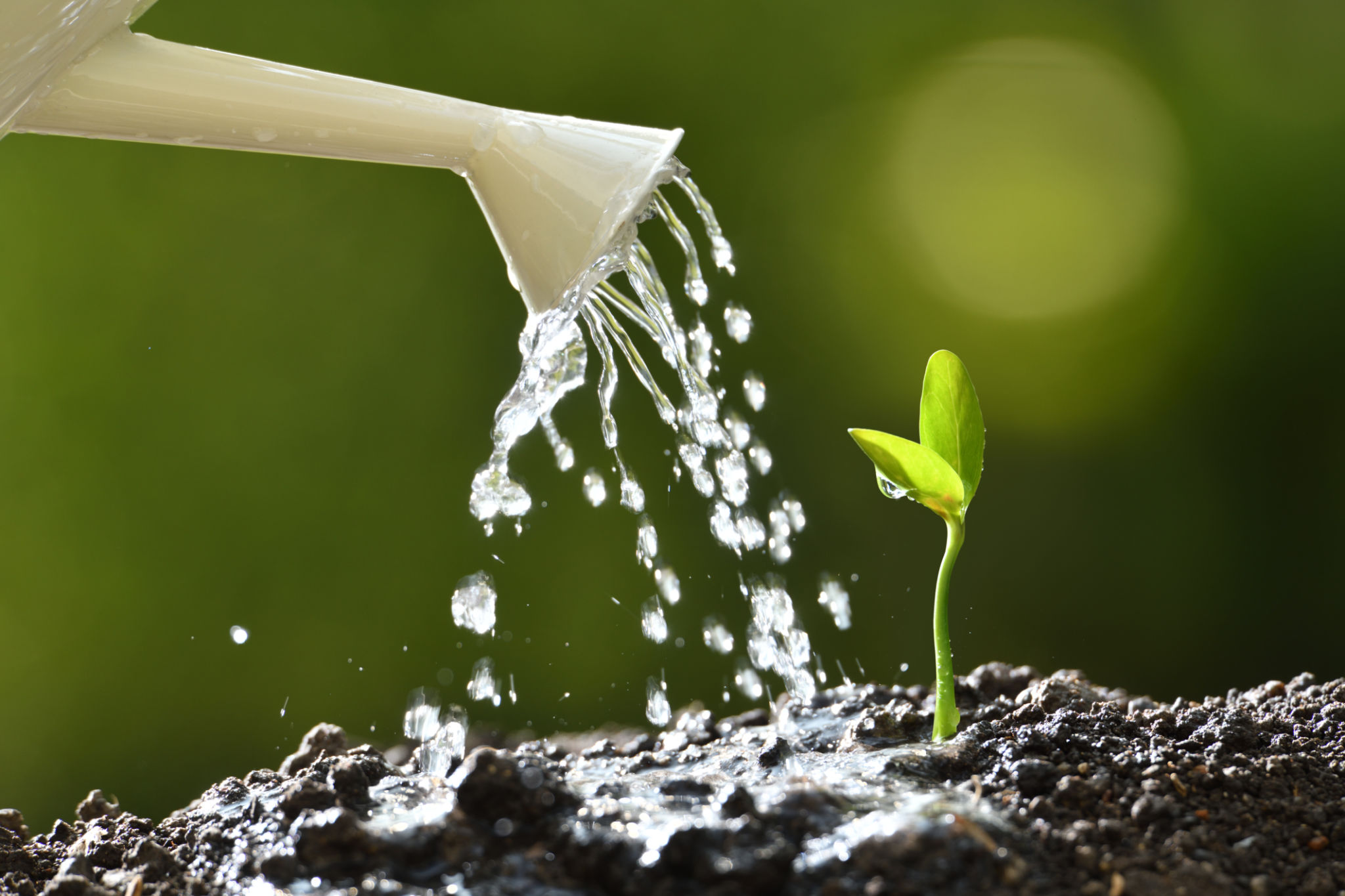Seasonal Tips for Maintaining Interior Gardens in the MENA Region
Understanding the Climate
The MENA region, known for its arid climate and hot temperatures, poses unique challenges for maintaining interior gardens. Understanding the local climate is the first step in ensuring your indoor garden thrives throughout the year. The extreme temperatures and low humidity levels require special attention to keep plants healthy.

One of the essential aspects to consider is the amount of sunlight your plants receive. While many indoor plants thrive in bright, indirect light, the intense sun in this region can be too much. It's critical to position your plants where they receive ample light without being scorched.
Choosing the Right Plants
Selecting plants that are well-suited to the MENA region's climate is crucial. Opt for hardy varieties that can withstand higher temperatures and lower humidity. Succulents and cacti are excellent choices due to their drought-resistant nature. Additionally, consider plants like snake plants or ZZ plants, which are known for their resilience.
Another option is to incorporate native plants into your interior garden. These species are naturally adapted to the local environment and require less maintenance. Research native plants that can thrive indoors and complement your space aesthetically.
Watering Wisely
Watering is a critical component of plant care in the MENA region. Due to the high temperatures, it's essential to establish a consistent watering schedule. However, overwatering can be just as detrimental as underwatering. Ensure that your pots have proper drainage to prevent root rot.

A useful tip is to water your plants early in the morning or late in the evening. This timing minimizes evaporation and allows the roots to absorb moisture more effectively. Additionally, consider using self-watering pots or adding water-retentive soil amendments to help maintain soil moisture.
Managing Humidity Levels
The low humidity levels in the MENA region can be challenging for many indoor plants. To combat this, consider using a humidifier to increase the moisture in the air around your plants. Alternatively, misting your plants regularly can provide a temporary boost in humidity.
Grouping plants together is another effective strategy to create a microclimate with higher humidity levels. Placing plants on a tray filled with pebbles and water can also help maintain adequate humidity around them.
Temperature Control
Maintaining stable indoor temperatures is vital for the health of your interior garden. Sudden temperature fluctuations can stress plants and hinder their growth. If possible, keep your indoor environment between 18°C to 24°C (65°F to 75°F) for optimal plant health.

Make sure to protect your plants from drafts and direct exposure to air conditioning units or heaters. These can cause rapid dehydration and damage delicate foliage. Additionally, consider seasonal adjustments like moving plants away from windows during peak summer months to prevent overheating.
Regular Maintenance
Regular maintenance is crucial for a thriving interior garden. Prune dead or yellowing leaves to encourage new growth and prevent pest infestations. Fertilizing your plants every few weeks with a balanced fertilizer will provide essential nutrients and promote healthy development.
Inspect your plants regularly for signs of pests or disease. Early detection and treatment are key to preventing infestations from spreading. Use natural remedies or appropriate pesticides to manage any issues effectively.